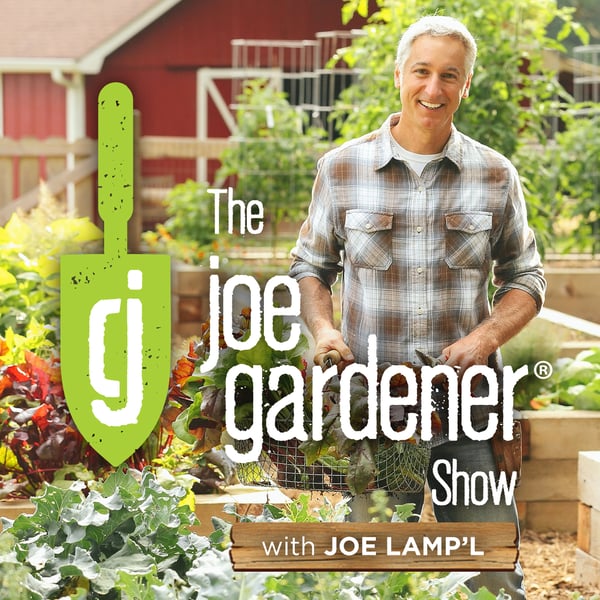384-Count Birds with Project FeederWatch
The joe gardener Show - Organic Gardening - Vegetable Gardening - Expert Garden Advice From Joe Lamp'l
Joe Lamp'l
4.6 • 1.7K Ratings
🗓️ 26 September 2024
⏱️ 47 minutes
🧾️ Download transcript
Summary
Citizen scientists are key to tracking bird populations in North America and identifying which birds are growing in numbers and range — and which are on the decline. To explain the value of bird counts, what can be learned from the data and how anyone can get involved, joining me on the podcast this week is Project FeederWatch project leader Dr. Emma Greig.
Podcast Links for Show notes
Download my free eBook 5 Steps to Your Best Garden Ever - the 5 most important steps anyone can do to have a thriving garden or landscape. It’s what I still do today, without exception to get incredible results, even in the most challenging conditions.
Subscribe to the joegardener® email list to receive weekly updates about new podcast episodes, seasonal gardening tips, and online gardening course announcements.
Check out The joegardener® Online Gardening Academy for our growing library of organic gardening courses.
Follow joegardener® on Instagram, Facebook, Pinterest, and Twitter, and subscribe to The joegardenerTV YouTube channel.
Transcript
Click on a timestamp to play from that location
| 0:00.0 | Hi everybody this is Joe Lample the Joe behind Joe Gardner and welcome to the Joe Gardner show |
| 0:05.5 | Gardeners often do what they do because they love being outside in nature |
| 0:09.8 | Sure there are those that gardens strictly for the harvest, be it food or flowers, but for the rest of us, it's more than that, it's a much bigger picture actually. |
| 0:18.8 | It's not just the flora, but the fauna too. |
| 0:21.6 | We care about fostering environments to keep wildlife safe, we give them a place for |
| 0:26.4 | shelter and protection and places to raise their young, suffice it to say we often roll out the |
| 0:32.4 | welcome mat and do all that we can to let them know that they've come to the right place. |
| 0:37.5 | And I would say that is especially true for birds. |
| 0:41.0 | We make frequent trips to the store to restock the bird feed, |
| 0:44.3 | baffle the poles to prevent predators, clean and refresh the bird bath every few days, |
| 0:49.3 | provide a heater and winter to keep the water from freezing over and we're constantly |
| 0:54.1 | referring to our field guide and apps to identify bird song or a new to us |
| 0:59.0 | sighting and then of course each winter we gear up for the Great Backyard Bird Count or Project Feeder Watch or both to dedicate some time to count and record the bird species and how many of each that come to our feeders. |
| 1:12.0 | We record the data and then log in to report our |
| 1:14.7 | findings. But what happens to all that data that gets reported from around the |
| 1:18.8 | country and beyond? Years and years of data, in fact, what is it telling us about the work that we're doing each year with our citizen science role to report our findings? |
| 1:28.0 | Recently I put those questions in more to Ann McGreg, U.S. ProjectS. Project Feeder Watch, which is administered in the United States |
| 1:35.8 | by the Cornell Lab of Ornithology and in Canada by Birds Canada. |
| 1:40.5 | In her role, Emma manages all aspects of the project. She reviews flagged records, |
| 1:45.2 | analyzes data, and writes scientific journal articles. So let's get started with my |
| 1:49.5 | conversation with Emma, and as we do, thanks to our sponsors for today's episode |
| 1:53.7 | Heirloom Roses and Milorgonite. Roses often get a bad rap for being |
... |
Transcript will be available on the free plan in -187 days. Upgrade to see the full transcript now.
Disclaimer: The podcast and artwork embedded on this page are from Joe Lamp'l, and are the property of its owner and not affiliated with or endorsed by Tapesearch.
Generated transcripts are the property of Joe Lamp'l and are distributed freely under the Fair Use doctrine. Transcripts generated by Tapesearch are not guaranteed to be accurate.
Copyright © Tapesearch 2025.

